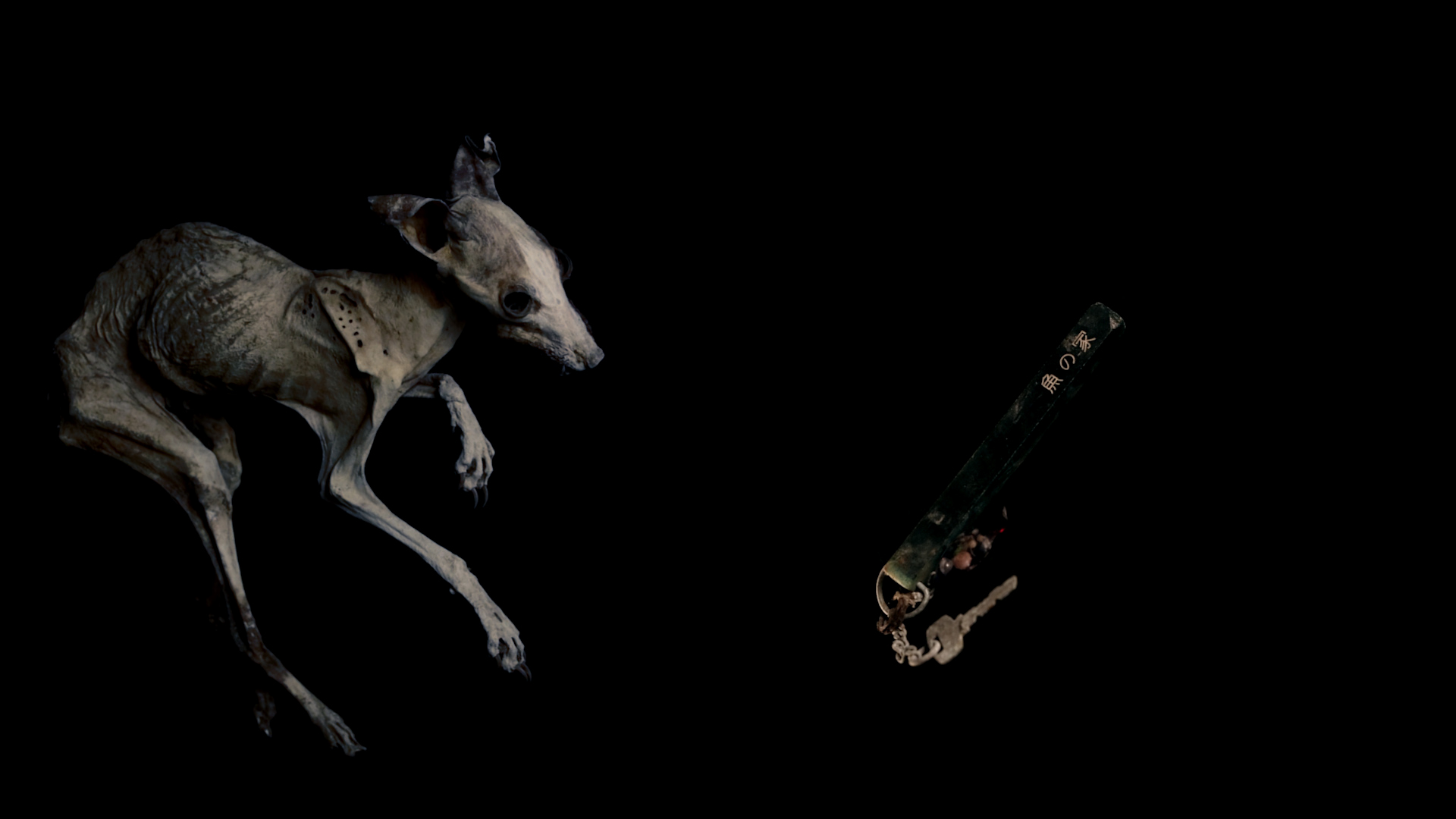Shot in Shiretoko National Park in the far north of Japan, and within watchful radius of the Fukushima Daiichi nuclear reactor, Karen Kramer’s The Eye That Articulates Belongs on Land offsets beguiling images of unspoilt nature with graphic visual evidence of the ‘re-wilding’ of the landscape around the atomic plant since particular areas became off-limits to human access. Unseduced by romantic notions of wild nature as a wellspring of recovery or transformation, Kramer’s film is a reminder of how our perceptions of the natural environment are often deeply subjective, and prone to being clouded by myth, or partial knowledge.
Alternately embraced as a paragon of virgin wilderness or scorned as a baleful harbinger of a post-human no-man’s-land, our fallback readings of these two different landscapes belie the fact that they are each continually evolving; subject to complex internal dynamics, and never standing still. Outside the margins of everyday experience, and requiring a step into the unknown, Shiretoko and Fukushima are uncertain, liminal spaces – as porous and as shifting as the shoreline locations Kramer repeatedly returns to over the course of her film. A place where the solid ground of familiar existence is met with daily incursions and periodic breaches, the shoreline also has metaphorical significance: as a threshold between the material and the ethereal. As if to emphasise the point, Kramer introduces images of foxes patrolling the water’s edge. A key figure from the pantheon of Japanese culture and mythology, the fox can morph from animal to human form, and commune between the living and the dead. Shape-shifter extraordinaire, it is also a shadowy stalker of the contours of another indeterminate zone; one haunted by the lingering aftermath of a momentous or catastrophic event. Guided by voices that have their own quixotic, otherworldly logic, we are led to a series of deserted buildings, including an abandoned planetarium – its ceiling of stars flecked by dust motes and a phantom electrical presence in the air. As the title of Kramer’s film implies, there are oceanic thoughts in our minds for which we cannot always find adequate expression, as well as unseen forces in our lives whose future consequences remain equally mysterious and unfathomable.







